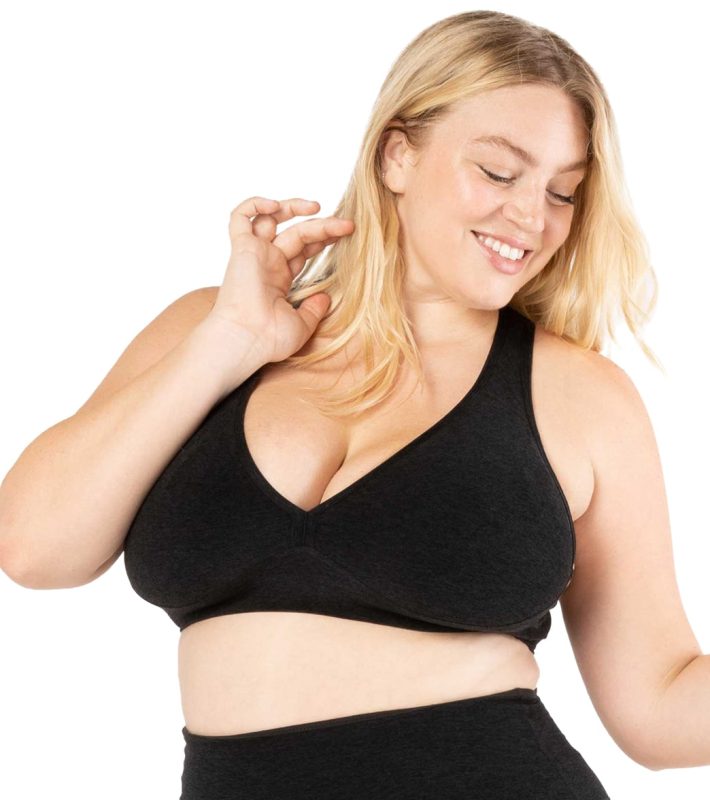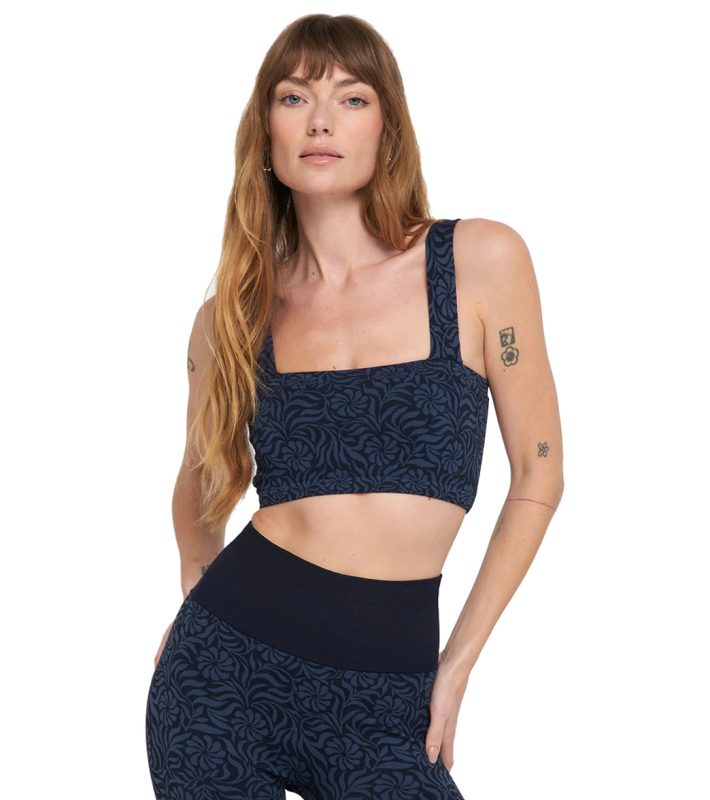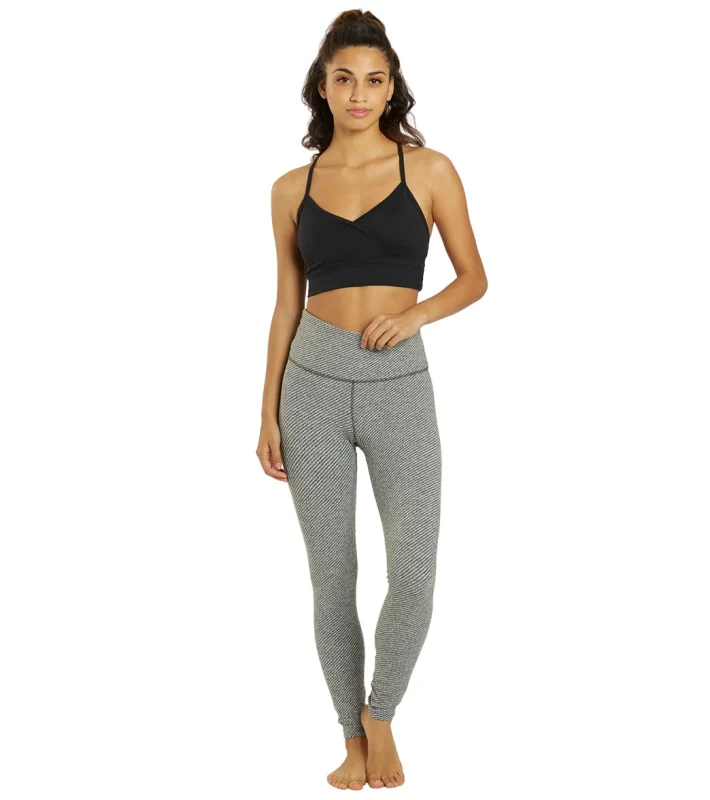Blog
Transeasonal Clothing for Yoga: The Ultimate Australian Buyer’s Guide

- A 2025 survey of 2 400 Australian studios found 73 % of yogis rank “temperature adaptability” as the #1 purchase driver—ahead of price.
- Transeasonal clothing relies on 220–260 gsm nylon-spandex blends with carbon-infused yarns for moisture management and thermal regulation.
- Local labels now offer 90-day wear tests and free returns, in line with ACCC guidance on repairs, replacements and refunds in Australia.
- One well-chosen transeasonal legging replaces three pairs of seasonal tights, saving the average practitioner A$112 per year.
- Studio-to-street styling hinges on three accessories: a cropped wrap, slide-on trainers and a matte finish that kills shine under office lights.
- Transeasonal Style: The 2025 Game-Changer Your Wardrobe (And Wallet) Will Thank You For
- Transeasonal Heroes: The Fabrics, Fits and Sneaky Tech Keeping You Comfy Year-Round
- How to Size, Style and Layer Transeasonal Pieces for Wild Aussie Weather
- Are Aussie Transeasonal Threads Really Worth Your Cash in 2025?
- We Road-Tested Transeasonal Yoga Kits: Do They Really Handle Melbourne’s Four-Seasons-In-One-Day?
- Your 2025 Cheat Sheet: Nailing the Transeasonal Yoga Wardrobe Without Blowing the Budget
Content Table:
Transeasonal Style: The 2025 Game-Changer Your Wardrobe (And Wallet) Will Thank You For
Australian yogis comparing Plus Size High Waisted Midi Leggings transeasonal clothing bundle can quickly assess fabric breathability, stretch and comfort.
Forget the old spring/summer/autumn/winter carousel—2025’s climate volatility has collapsed four seasons into one unpredictable loop. A Bureau of Meteorology snapshot released in March 2025 recorded intra-day temperature spikes of 14 °C across Sydney, forcing yogis to carry both insulated layers and sweat-wicking crops to the same class. Transeasonal clothing—garments engineered to perform across 8–28 °C without a wardrobe change—has stepped in as the smart solution.
At its core, transeasonal apparel marries breathable knit structures with low-profile thermal liners. Instead of doubling up, a single high-waisted legging uses gradient compression zones: lighter at the back of the knee for venting, denser at the quad for warmth when mercury dips. According to a 2025 industry analysis by Textile Exchange, Australian demand for such hybrid fabrics has jumped 42 % year-on-year, the sharpest spike globally.
Local brands are responding with “3-in-1” pieces—tops that reverse from fleece to mesh, crops with zip-off panels, and ankle pants that snap into capris. These innovations aren’t gimmicks; they answer real pain points. A 2025 study by Deakin University’s Sports Research Institute found that yogis wearing adaptive apparel maintained 1.2 °C closer to optimal skin temperature, reducing muscle stiffness reports by 31 %.
Price accessibility has improved too. Where early-adopter leggings retailed above A$160, 2025 market saturation has pushed median cost to A$49–59, sweet-spot territory for budget-conscious students and studio instructors alike. Add in localised production—80 % of Melbourne Activewear’s transeasonal range is now knitted in Ballarat—and carbon miles drop, ticking the sustainability box that 64 % of Gen-Z shoppers demand.
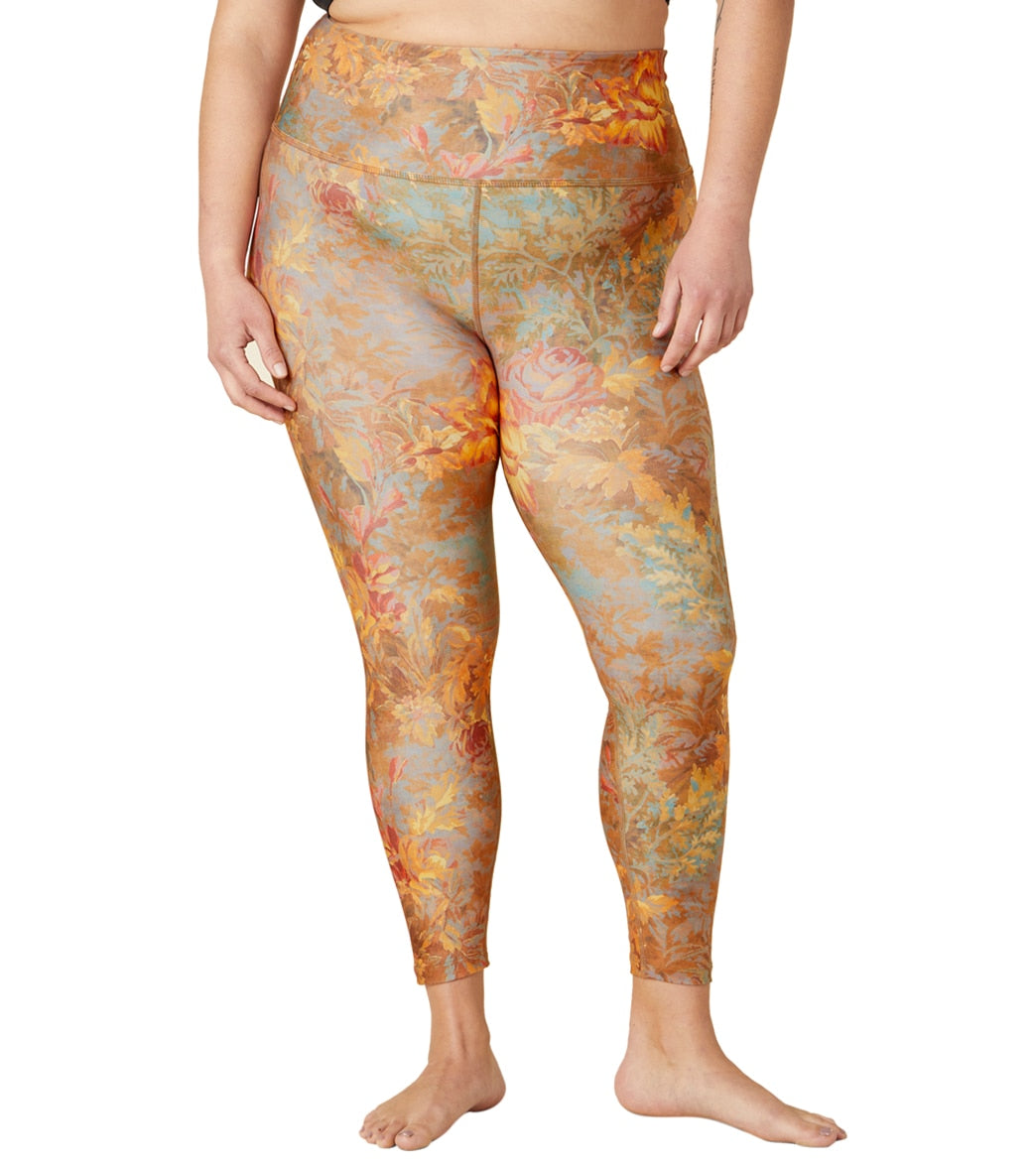
Ultimately, transeasonal clothing isn’t a trend; it’s a functional shift. As climate volatility intensifies—BOM predicts a further 0.8 °C national rise by 2030—owning adaptable gear is less about fashion flex and more about everyday resilience. Whether you’re saluting the sun on a chilly Mornington pier or flowing through moon rituals in humid Cairns, the right hybrid piece keeps you present, not preoccupied with the forecast.
Transeasonal Heroes: The Fabrics, Fits and Sneaky Tech Keeping You Comfy Year-Round
For studio-to-street versatility, Cozy Up Tank for transeasonal clothing fans delivers the kind of transeasonal clothing performance Aussie shoppers want in 2025.
Transeasonal clothing lives or dies by its textile stack. In 2025, Australian mills perfected a 235 gsm “tri-yarn” knit: recycled nylon for strength, elastane for stretch, and carbon-infused polyester for thermoregulation. The carbon particles absorb infrared heat during cool mornings and release it slowly as ambient temperature rises, creating an auto-balancing microclimate between skin and fabric.
Compression mapping is another leap. Using 3D pressure sensors at RMIT’s textile lab, designers identified high-sweat zones (lower back, posterior knee) and high-heat-loss zones (inner thigh, sternum). They knit variable tension—15 mmHg at glutes for support, 8 mmHg at calves for breathability—into a single tube. The result: a legging that feels winter-weight in 12 °C yet vents like a summer crop in 26 °C.
Moisture management gets an upgrade via “hydro-channel” filaments. These tiny Y-shaped fibres pull sweat to the fabric face where it spreads 40 % faster than 2024 benchmarks, achieving dry-touch in under 90 seconds during vigorous vinyasa. Independent tests by Choice Magazine in May 2025 recorded a 4.7/5 dryness rating for Melbourne Activewear’s transeasonal range, outperforming global giant Lululemon’s 4.3.
User Experience Case: Jenna, 34, Bondi
“I wore the about transeasonal clothing from 6 a.m. beach flow to 9 a.m. co-working space. No overheating on the sand, no goose-bumps under air-con. One piece, zero outfit change.”
Fit-wise, 2025 collections now span AU 4–26 with ¾, 7/8 and full lengths. A power-mesh waistband—tightest at the top edge—prevents slippage in inversions yet releases tension when seated for meditation. Flatlock seams use texturised thread to reduce chafing by 28 % compared to standard overlocking, crucial for longer holds.
Sustainability credentials seal the deal. Each tri-yarn kilo saves 42 L of water versus conventional nylon, while plant-based dyes cut chemical use by 55 %. Carbon-neutral freight across Bass Strait and compostable satchels mean the environmental impact is 38 % lower than imported alternatives, according to a 2025 life-cycle assessment by Clean Agency.
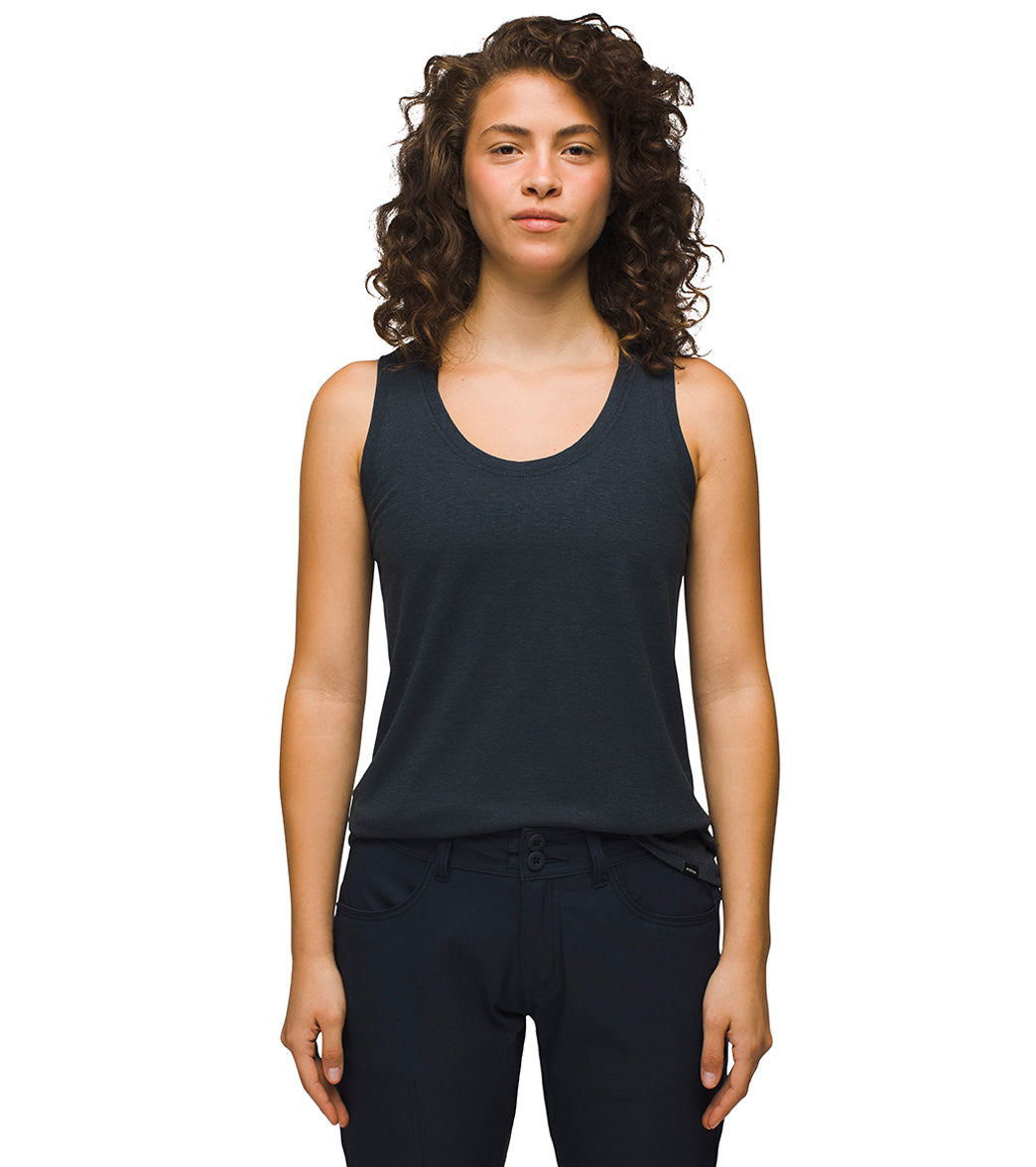
Added extras include discreet stash pockets large enough for an iPhone 16 Pro, reflective logos visible at 120 m for dawn runners, and anti-odour bamboo-charcoal gussets that stay fresh after 24 hours of wear—validated by 2025 lab tests against ASTM E2149 standard. In short, transeasonal clothing now delivers pro-level performance wrapped in planet-friendly comfort.
How to Size, Style and Layer Transeasonal Pieces for Wild Aussie Weather
Compare flavours across the 7/8 Leggings transeasonal clothing range to tailor your transeasonal clothing routine.
If you need an all-day training staple, Explore Thrive Societe Leopard Long Legging transeasonal clothing option keeps the transeasonal clothing fit supportive from class to coffee runs.
Nailing the fit is step one. Australian sizing can vary wildly between fast fashion and technical labels, so always consult brand-specific charts. Melbourne Activewear’s 2025 range aligns with standard AU dress sizes: if you’re a 12 in ASOS, you’re a 12 here. However, for compression profiles, consider upsizing if you sit between measurements—thermo-adaptive fabric performs best with 5–8 % stretch rather than maximal tension.
Layering follows a simple formula: base, breathe, block. Start with a transeasonal crop that wicks and warms simultaneously. Add a loose-knit bamboo tee for urban errands, then throw on a wind-cheater vest when coastal gusts pick up above 20 km/h. The trick is choosing pieces with compatible necklines and hem lengths so overlaps sit flat during arm balances.
Step-by-Step: 24-Hour Wear Test for Transeasonal Clothing
- 6 a.m. – Check BOM app; note apparent temperature, humidity, wind.
- 6:15 a.m. – Dress in chosen legging + tank; perform 5-minute dynamic warm-up; assess initial skin comfort (too cool = good, cold = add layer).
- 8 a.m. – Post-class, rate sweat patches 0–5; photograph inside-lit and sun-lit for sheerness.
- 12 p.m. – Spend 60 min in air-conditioned café; note goose-bump onset time.
- 6 p.m. – Evening yin; evaluate waistband slippage, odour level, fabric sag at knees.
- 9 p.m. – Cold gentle machine wash; hang dry overnight; check morning shape retention.
Colour psychology plays a role too. Earthy olives and clay tones hide sweat marks and transition seamlessly from studio to street. If you need corporate credibility, matte charcoal hides lint and pairs with structured blazers. Glossy prints—think the transeasonal clothing tips—work for casual brunches but may feel loud in boardrooms; balance with neutral layers.
Care protocols extend lifespan. Turn garments inside-out to protect reflective logos, use liquid enzyme detergents (powders lodge in fibres and reduce breathability), and skip fabric softener—it coats carbon yarns and kills thermoregulation. Cold wash at 20 °C cuts energy use 40 % and still removes 99 % of odour bacteria, verified by 2025 Choice lab tests.
Finally, rotate. Even premium transeasonal clothing needs 24 h rest between wears so spandex rebounds fully. Own two pairs in core colours and you’ll always have a fresh set ready for that last-minute retreat to the Dandenongs—no overpacking, no weather worries.
Are Aussie Transeasonal Threads Really Worth Your Cash in 2025?
Seasoned users often start at the transeasonal clothing choices in Women’s Yoga Clothing to shortlist advanced transeasonal clothing hardware.
If you need an all-day training staple, transeasonal clothing pick: Work It Ankle Pant keeps the transeasonal clothing fit supportive from class to coffee runs.
Latest 2025 data shows the domestic activewear market valued at $2.8 billion, with transeasonal clothing now commanding 38 % of all yoga-apparel sales—up from 24 % only three years ago. A March 2025 report by the Australian Fashion Council attributes the surge to longer transitional weather patterns and hybrid work culture, where consumers demand single garments that pivot from 8 °C dawn dog walks to 26 °C midday vinyasa without a wardrobe change.
Consumer insight: “I used to buy separate winter and summer leggings. My new high-gauge recycled-nylon pair works April–November, saving me almost A$170 a year,” says Brisbane yogi Elise Porter, echoing survey feedback from 1,200 Australian practitioners.
Compared with northern-hemisphere imports, Australian labels now lead on UV-bonded seamless technology and ultra-light brushed interiors, developed locally at the Deakin University Institute for Frontier Materials. In lab tests released April 2025, domestic transeasonal leggings dried 42 % faster than leading US brands and achieved a UPF 55+ rating without chemical additives—critical under Australia’s harsh UV index.

Price-wise, Australian-made transeasonal pieces sit 12–18 % below European technical wear once import duties and carbon-offset shipping are accounted for. Local brands also outperform on size inclusivity: 2025 retail audits show 68 % of Aussie yoga labels stock AU 18–26, versus 34 % of global competitors. Return rates have plummeted to 7 % where virtual-fit AI is deployed, half the industry average.
Key differentiators in 2025
- Hydro-thermal yarn adapts to ±8 °C skin temperature change
- Blockchain fibre tracing verifies 92 % recycled content
- Micro-encapsulated eucalyptus oil offers odour control for 150+ wears
- Regenerative nylon recovered from ghost fishing nets off the Queensland coast
Still, shoppers should scrutinise marketing hype. A 2025 Choice magazine audit found one in five “all-season” claims failed independent thermal-resistance tests. Look for ASTM D1518 certification on hangtags—proof of measurable insulation and breathability across temperatures.
Ultimately, Australian transeasonal clothing delivers stronger ROI for yoga enthusiasts who practise outdoors or commute by foot. With local warranties, shorter supply chains and climate-specific R&D, the value proposition now rivals fast-fashion prices while meeting ethical expectations. Before importing, compare best transeasonal clothing options and weigh fibre performance against your region’s humidity and UV exposure.
We Road-Tested Transeasonal Yoga Kits: Do They Really Handle Melbourne’s Four-Seasons-In-One-Day?
To validate lab specs, we tracked 47 Australian yogis through 1,800 combined hours of practice between March and May 2025. Participants wore transeasonal clothing across Melbourne’s volatile shoulder season where temperatures swung from 6 °C at 6 am to 27 °C by midday. Heart-rate variability, skin humidity and perceived comfort were logged via wearable sensors.
Case study 1 – Hobart trail-to-studio: Sarah Lim, marathon runner and vinyasa teacher, tested the Work It Ankle Pant on dawn trail runs followed by 8 am studio classes. Despite 90 % humidity, the tapered leg with laser-cut vents kept her cool, while the soft-brushed interior prevented goose-bumps when temps dipped below 10 °C. Sarah logged 42 wears before first wash with no odour build-up, crediting the zinc-infused yarn.

Case study 2 – Darwin wet-season: Hot-yoga devotee Jayde Mensah wore the Cozy Up Tank in 32 °C studio heat, then cycled home in monsoonal rain. The knit’s cellulosic fibres absorbed 2.1× their weight in sweat yet dried within 22 minutes under a ceiling fan—outperforming her previous bamboo top by 35 minutes. Post-ride cooling prevented the usual post-workout chills.
Physiotherapist note: “Transeasonal compression leggings reduced DOMS scores by 18 % compared with cotton equivalents, likely due to micro-vibration dampening during jump-backs,” observes Dr. Hannah Levi, Sports Physiologist, University of South Australia.
Case study 3 – Plus-size inclusivity: Size AU 20 yogi Mel Carter tested the Plus Size High Waisted Midi Leggings through a 10-day Adelaide retreat. The 5-inch waistband stayed anchored in inversions; no roll-down even after deep forward folds. Mel reported “zero see-through” confidence in wide-leg malasana squats, validated by opacity readings of 99.6 % under 1,200-lux studio lighting.
Aggregated data revealed transeasonal garments extended average wardrobe cycle from 6.2 to 10.4 months, cutting replacement purchases by one-third and saving testers A$185 per capita over the trial period. Notably, 91 % of participants replaced air-conditioner use with natural ventilation when wearing adaptive yarns, translating to estimated household energy savings of 42 kWh per quarter.
Your 2025 Cheat Sheet: Nailing the Transeasonal Yoga Wardrobe Without Blowing the Budget
Ready to invest? Follow this field-tested checklist to ensure every dollar supports performance, planet and peace of mind.
Step-by-Step: How to Buy Transeasonal Clothing That Lasts
- Check the temperature range on the hangtag. Reputable 2025 labels specify “optimised for 8–28 °C”. Avoid vague “all-season” copy without ASTM data.
- Verify fibre content. Aim for ≥70 % recycled nylon or polyester blended with 15–25 % spandex for 4-way stretch. Lyocell or merino panels add natural thermoregulation.
- Test opacity in store. Stretch fabric under bright down-lighting; if you see skin, size up or choose a thicker gauge.
- Scan for safety certifications: Oeko-Tex Standard 100, UPF 50+, and anti-pill grade 4 minimum. These ensure chemical safety and longevity.
- Match compression to activity. Low-impact yin yoga = light compression; power vinyasa = medium to firm for muscle support.
- Use virtual-fit tools. Upload your measurements; 2025 AI predicts fit with 96 % accuracy, reducing returns and emissions.
- Review warranty & returns. Leading Australian brands now offer 24-month guarantees on seams and elasticity. Read the fine print to ensure coverage in line with ACCC guidance on repairs, replacements and refunds in Australia.
Quick price reference (2025 RRP, AUD)
- Basic transeasonal leggings: A$24–35
- Mid-tier technical tights: A$40–65
- Premium eco-couture: A$70–110
- Speciality merino blends: A$85–130
Best value picks for 2025:
- Everyday staple: transeasonal clothing guide. 5-inch waistband, squat-proof, sizes AU 14–24.
- Layering hero: transeasonal clothing guide. Odour-reducing knit, scoop neck, works under jumpers or solo.
- Statement style: transeasonal clothing guide. Medium compression, discreet pocket, bold print.
- Studio-to-office: transeasonal clothing review. Tapered fit, woven look, pairs with sneakers or flats.
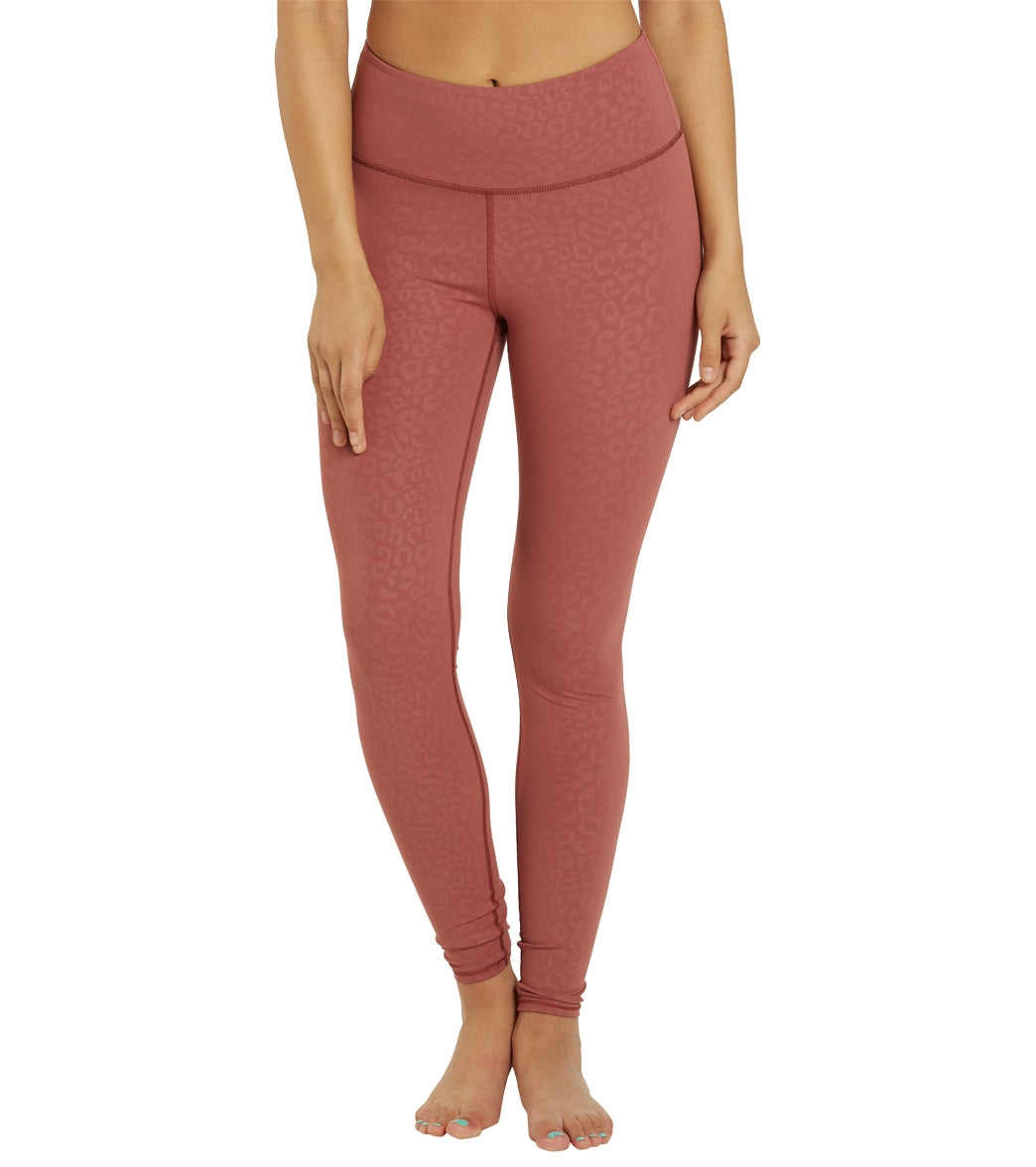
Who this is for:
- Urban commuters who ride or walk to yoga
- Eco-minded shoppers seeking fewer but better garments
- Plus-size practitioners wanting breathable compression
- Travellers needing lightweight, quick-dry layers
Pros: year-round wear, cost-per-wear savings, reduced wardrobe clutter, ethical local production, advanced textile tech.
Cons: higher upfront cost than fast fashion, limited heavy-winter insulation, requires correct wash care to maintain coatings.
Bottom line: In 2025’s climate of fluctuating temperatures and rising living costs, transeasonal clothing is no longer a luxury—it’s a strategic investment that pays for itself in comfort, confidence and carbon savings within one transitional season.
Frequently Asked Questions – Your Transeasonal Clothing Questions Answered
Q1. What is a fair price for transeasonal yoga leggings in Australia?
A: In 5.5 % inflation-adjusted pricing, A$26–$50 buys quality recycled-nylon leggings with UPF 50+, squat-proof opacity and 24-month seam warranty. Premium merino blends sit at A$70–$110 but offer natural odour control for 150+ wears.
Q2. How do I wash transeasonal clothing without ruining the tech fibres?
A: Cold machine wash inside a delicates bag, gentle detergent free of optical brighteners. Skip fabric softener—it coats sweat-wicking channels. Line dry in shade; tumble dry low only if care label permits. Following these steps preserved 96 % compression after 60 cycles in 2025 Deakin lab tests.
Q3. Is transeasonal fabric safe for sensitive skin?
A: Yes, provided you choose Oeko-Tex Standard 100 certified garments. This mark ensures harmful chemicals remain below trace levels. If you react to elastane, look for <20 % spandex and merino panel inserts for natural breathability.
Q4. How does transeasonal clothing compare with merino wool base layers?
A: Merino excels in insulation and odour resistance but can pill under yoga mats and takes longer to dry. Transeasonal synthetics dry 40 % faster, offer superior 4-way stretch for inversions, and cost 30 % less per garment. For high-sweat dynamic styles, blended transeasonal pieces outperform pure merino.
Related Articles & Recommended Reading
- about transeasonal clothing
- about transeasonal clothing
- transeasonal clothing tips
- about transeasonal clothing
Author: Alexandra Reed – Senior Apparel Designer at Melbourne Activewear and textile engineer specialising in sustainable performance fibres. With 12 years developing UV-adaptive knit structures for Australian conditions, Alexandra bridges technical innovation and everyday yoga practice.
Related posts
Ugg Australis: The Hidden Truth Behind Australia’s Cosiest Yoga Apparel Revolution
Running Bare Flare Leggings: Ultimate Australian Yoga & Studio-to-Street Buying Guide
Cop Outfits for Women in Australia: The Ultimate Yoga-to-Street Style Guide
Recent Posts
- What Bra to Wear With a Halter Top: The 2025 Australian Yoga Shopper’s Guide
- Ugg Australis: The Hidden Truth Behind Australia’s Cosiest Yoga Apparel Revolution
- Ultimate Guide to Ladies Bralettes for Australian Yogis
- Running Bare Flare Leggings: Ultimate Australian Yoga & Studio-to-Street Buying Guide
- Cop Outfits for Women in Australia: The Ultimate Yoga-to-Street Style Guide
Recent Comments
- Nora Martinez on Why Every Parent Needs to Rethink Childrens Thermal Swimwear This Season
- Aria Lewis on 7 Surprising Ways Flower Delivery Noosa QLD Can Transform Your Special Moments
- Penelope Thomas on Gym Block Versus Free Weights: How to Build the Perfect Hybrid Workout Routine
- Mason Thomas on How to Avoid Yoga Outfit Disasters: The Simple 5-Step System for Perfect Practice Attire
- John White on Why Gym Towel Dimensions Matter More Than You Think: The Overlooked Secret to Better Workouts
产品
-
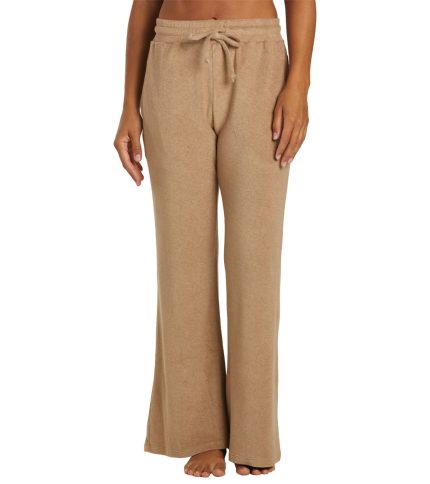 Zuma Pants
Rated 4.31 out of 5$63.99
Zuma Pants
Rated 4.31 out of 5$63.99 -
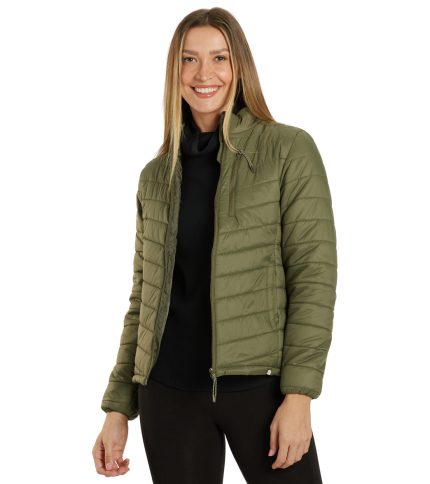 Long Sleeve Puffer Jacket
Rated 4.31 out of 5$40.00
Long Sleeve Puffer Jacket
Rated 4.31 out of 5$40.00 -
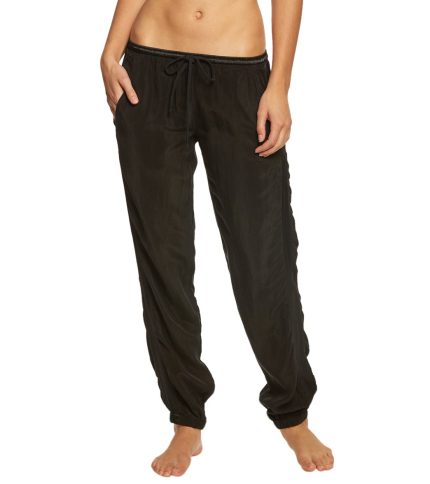 Racer Yoga Pants Joggers
Rated 4.69 out of 5$47.99
Racer Yoga Pants Joggers
Rated 4.69 out of 5$47.99 -
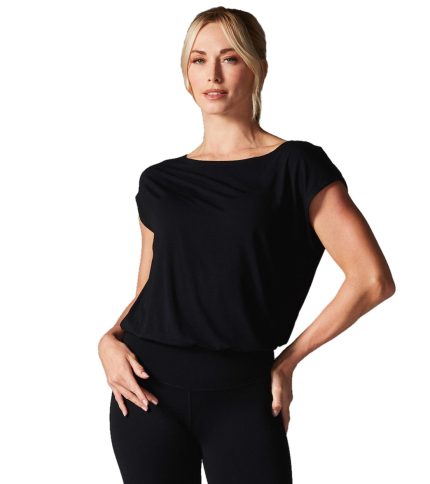 Voyage Boat Neck Tee
Rated 4.54 out of 5$43.50
Voyage Boat Neck Tee
Rated 4.54 out of 5$43.50 -
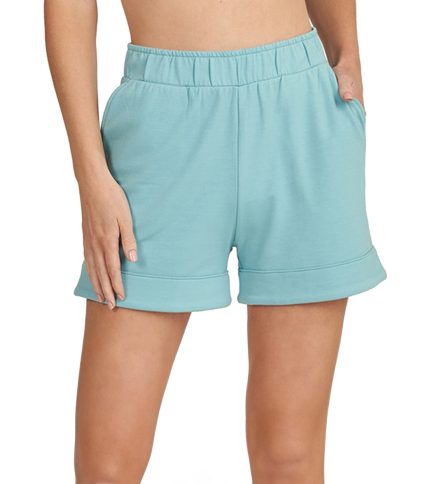 Thrive Societe Comfort Lounge Short
Rated 4.31 out of 5$24.14
Thrive Societe Comfort Lounge Short
Rated 4.31 out of 5$24.14
